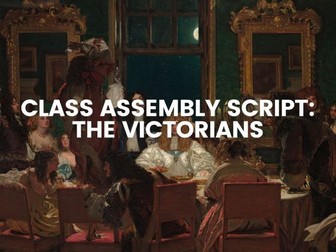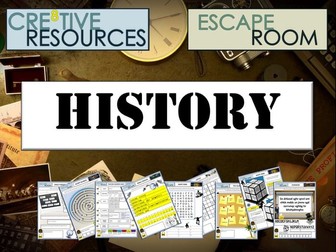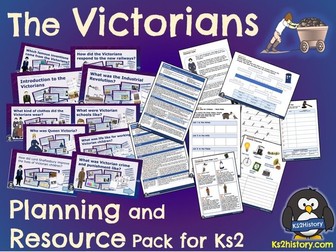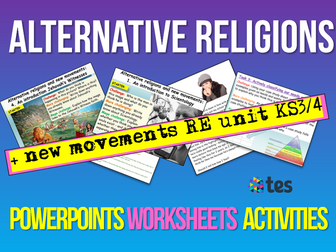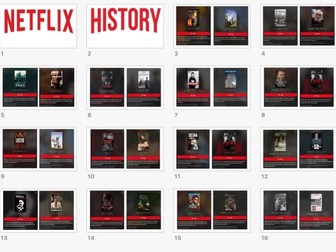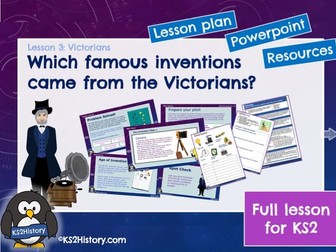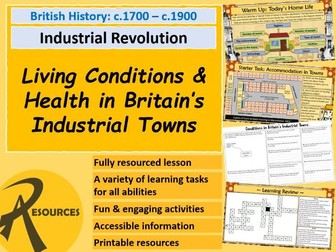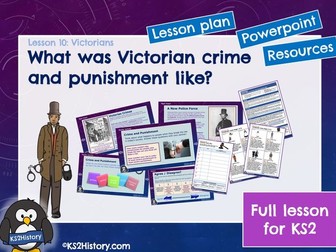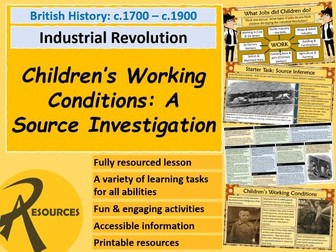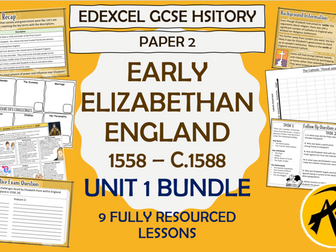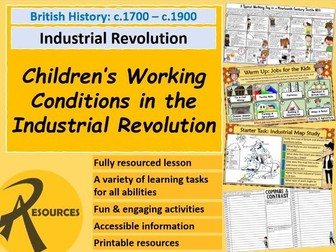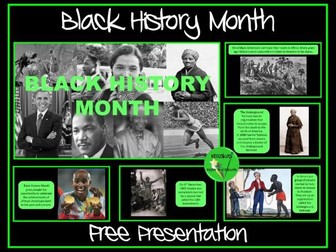
History Quiz
The Ultimate History Quiz! For end of year, or any time, no fuss, historical fun. This quiz is a whirlwind tour through time, focusing mainly on time periods studied in KS3 and GCSE in British Secondary Schools (with a little off-curricular extra thrown in!) This quiz will definitely raise a few smiles and giggles and is interactive, editable and best suited to secondary students (although could be used with upper KS2).
The rounds include:
Kings, Queens and Political Leaders,
Who said that quote?
Lucky Dip round
Ancient and Medieval trivia
Mix up! (which two historical figures have their images combined?)
Unusual artifacts and historical places
All answers are included, as is a score sheet, and there a video clip questions, picture questions as well as many other styles - all are multiple choice The quiz lasts up to 45 mins including clip tasks and can either be played having the answers revealed as you go along, or the board can be paused and the answers read out at the end (you can play either in teams or individually).
ADDITIONAL FREE CONTENT:
A fun and Christmassy lesson for students in the last week of term. Could be used as a reward lesson the last time you see your class before Christmas.
The download includes: a detailed PowerPoint, differentiated tasks, a variety of activities, 3 different fun plenaries, timeline task and more. It’s very easy to follow and can be used straight away :)
Who are EC Resources?
EC Resources are a group of teachers who work together to create easy to use, high quality and editable lessons and units of work. We have created lessons for The Bank of England, The Children’s Commissioner, MACS Charity, The British Legion, Tes, LikeToBe Careers, the Criminal Cases Review Commission (UK Gov) and have also completed PSHE and Citizenship commissions for schools across the UK.

